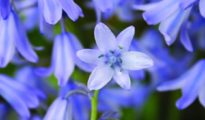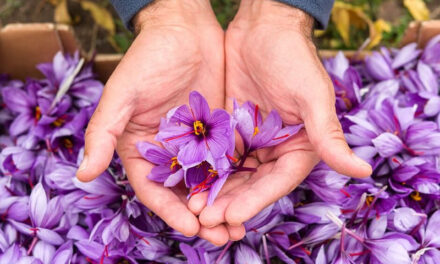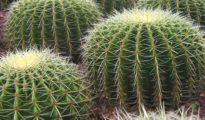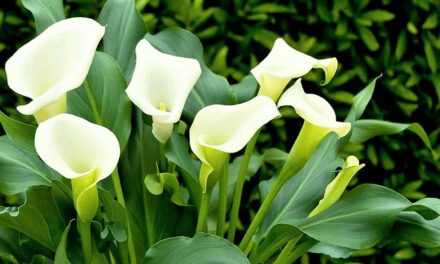Black-eyed Susans (Rudbeckia hirta) are beautiful and resilient flowers that add a pop of color to any garden or landscape. They are also easy to care for and maintain, making them a popular choice for many gardeners. Deadheading is an essential part of the care process for Black-eyed Susans, and it's important to know how and when to do it to keep your plants healthy and thriving.
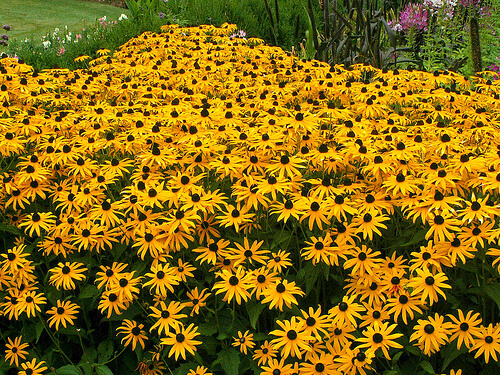
What is Deadheading?
Deadheading is the process of removing spent flowers from a plant to encourage new growth and blooming. When a plant's flowers begin to fade and die, they can divert energy away from producing new flowers and foliage. By deadheading, you remove the spent flowers and allow the plant to focus its energy on producing new blooms and foliage, which results in a healthier and more robust plant.
Why Deadhead Black-eyed Susans?
Black-eyed Susans are known for their long blooming season, which typically lasts from mid-summer through fall. However, if you don't deadhead your plants regularly, you may notice a decline in blooming as the season progresses. This is because spent flowers can prevent new buds from forming and developing. Deadheading will help to promote continued blooming and encourage your plants to produce more flowers.
When to Deadhead Black-eyed Susans?
The best time to deadhead Black-eyed Susans is when the flowers have started to fade and lose their color. You'll know it's time to deadhead when the petals begin to wilt and dry up. It's important to deadhead regularly throughout the blooming season, at least once a week, to keep your plants healthy and blooming. This will also prevent the plant from setting seed, which can take energy away from the production of new flowers.
How to Deadhead Black-eyed Susans?
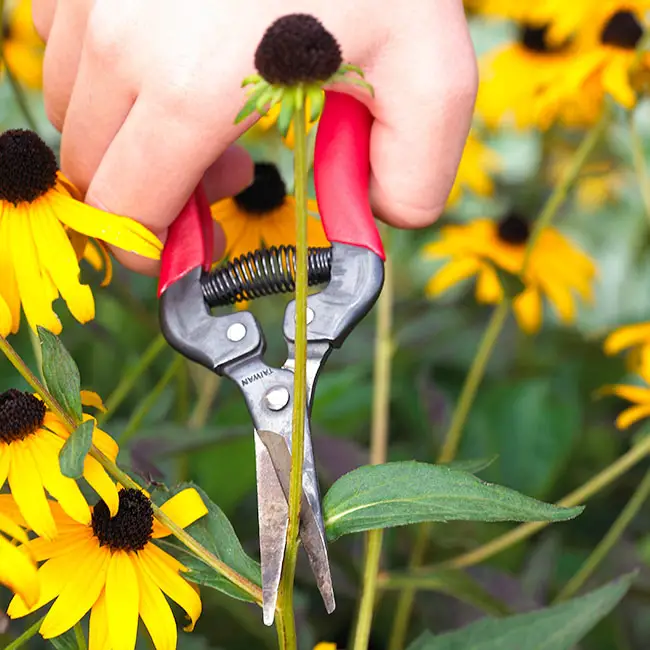
Deadheading Black-eyed Susans is a straightforward process that can be done in a few simple steps:
Step 1: Identify spent flowers
Start by examining the plant to identify spent flowers. Look for flowers that have wilted or turned brown, as these are the ones that need to be removed. You may also notice spent flowers that are still attached to the plant but are no longer producing petals.
Step 2: Remove spent flowers
Use a pair of clean, sharp scissors or pruning shears to cut off the spent flowers. Make the cut just above the first set of leaves or the next flower bud. This will help to stimulate new growth and encourage the plant to produce more flowers.
Step 3: Dispose of spent flowers
Once you have removed the spent flowers, dispose of them properly. You can add them to your compost pile, or if you notice any signs of disease or pests, it's best to dispose of them in the trash to avoid spreading the problem.
Step 4: Water and fertilize
After deadheading, give your Black-eyed Susans a good watering and fertilize them with a balanced fertilizer to promote new growth and blooming.
Tips for Deadheading Black-eyed Susans
Here are some additional tips to help you get the most out of deadheading your Black-eyed Susans:
- Deadhead regularly
Deadheading once a week is ideal to keep your plants healthy and blooming. However, you may need to deadhead more frequently if you notice a lot of spent flowers on your plants.
- Be careful not to damage the plant
When deadheading, be careful not to damage the plant's stems or foliage. Use clean, sharp scissors or pruning shears to make a clean cut just above the first set of leaves or the next flower bud.
- Deadhead before the seeds develop
If you allow Black-eyed Susans to go to seed, they can self-sow and spread throughout your garden. Deadheading before the seeds develop will prevent this and keep your plants contained in the area you want them.
- Deadhead in the morning
It's best to deadhead in the morning when the plant is fully hydrated and the weather is cooler. This will help to reduce stress on the plant and prevent wilting.
- Use deadheading as a chance to inspect the plant
While deadheading, take the opportunity to inspect the plant for any signs of disease or pest infestation. Early detection and treatment can prevent the problem from spreading and damaging your plant.
- Don't deadhead all at once
It's best to deadhead a few flowers at a time, rather than removing all of them at once. This will prevent the plant from going into shock and will allow it to adjust to the new growth.
- Encourage branching
To encourage branching, pinch back the tips of the stems when the plant is young. This will encourage the plant to produce more lateral shoots and more flowers.
Deadheading Black-eyed Susans is a simple process that can help to keep your plants healthy and blooming throughout the growing season. By removing spent flowers, you allow the plant to focus its energy on producing new growth and blooming. Deadheading also prevents the plant from going to seed, which can lead to self-sowing and an overgrowth of the plant in your garden.
Remember to deadhead regularly, at least once a week, and to be careful not to damage the plant while doing so. Deadheading in the morning when the plant is fully hydrated and the weather is cooler is also recommended. Use deadheading as an opportunity to inspect the plant for any signs of disease or pest infestation, and encourage branching by pinching back the tips of the stems when the plant is young.
With these tips in mind, you'll be able to keep your Black-eyed Susans healthy and blooming all season long. Enjoy the vibrant colors and beauty that these flowers bring to your garden or landscape!


